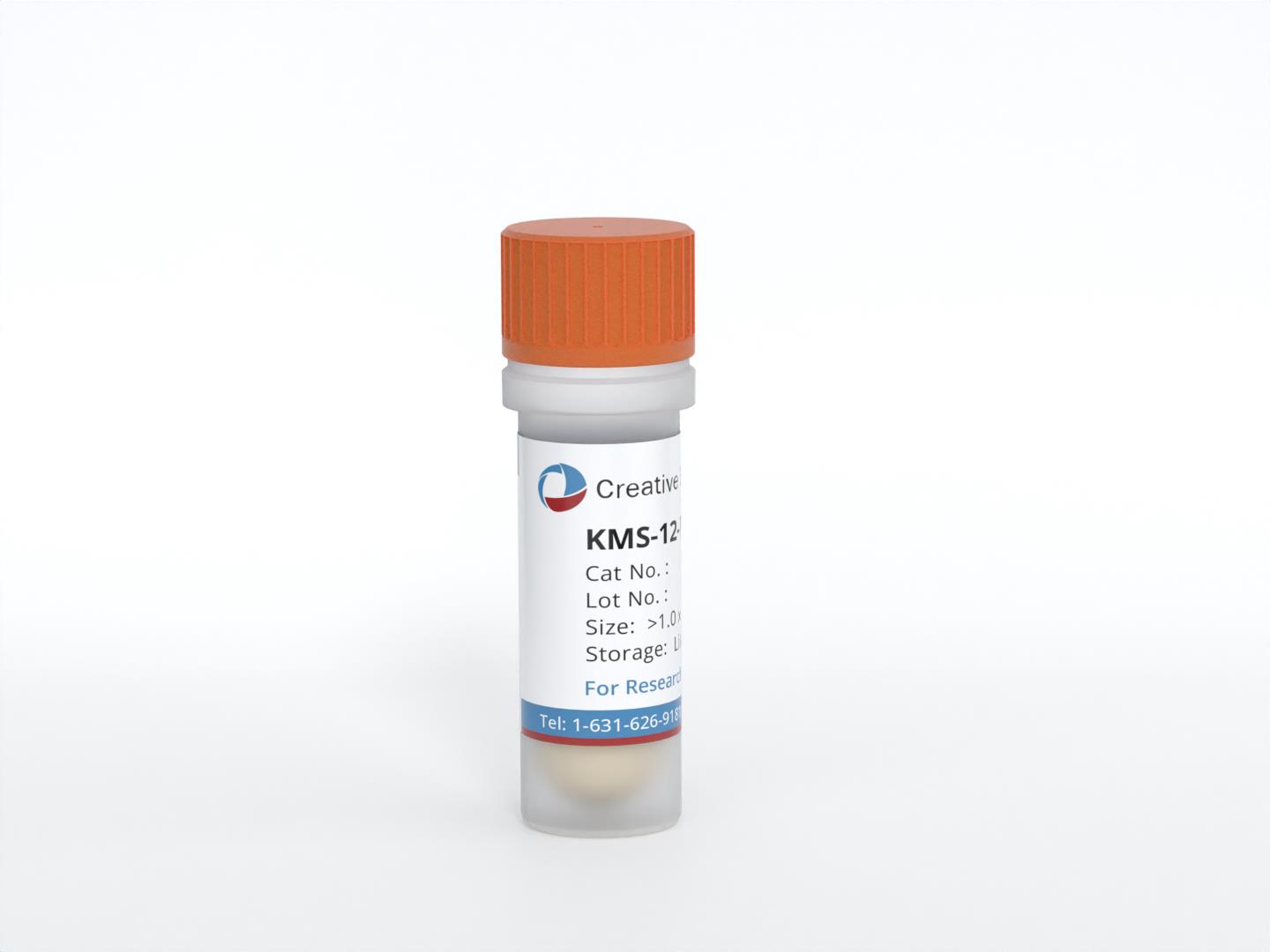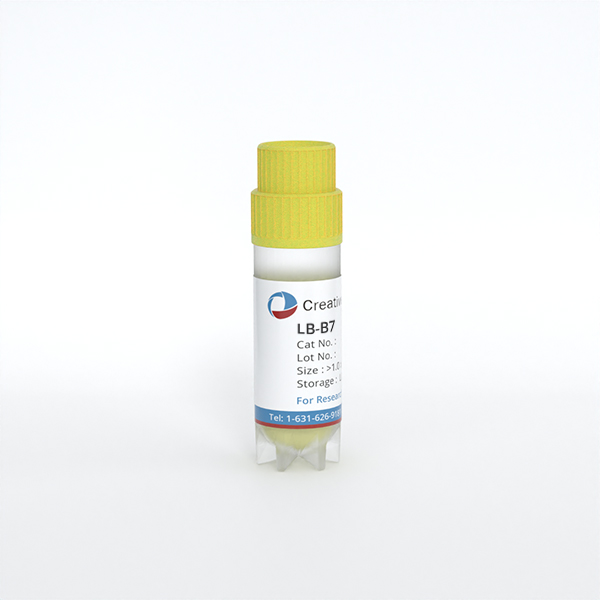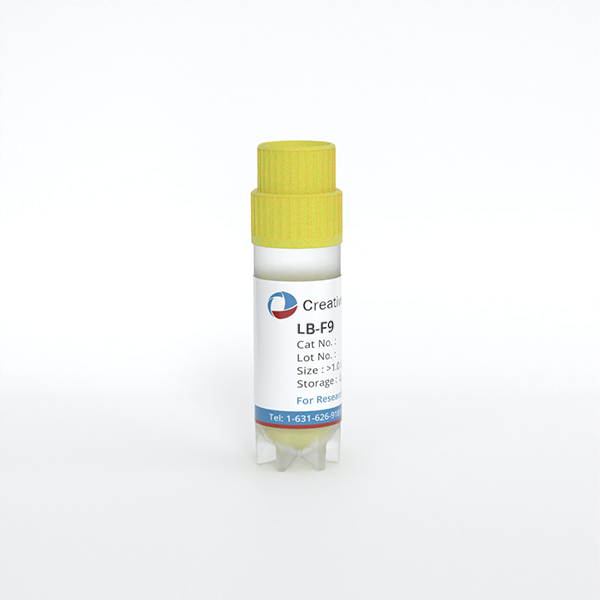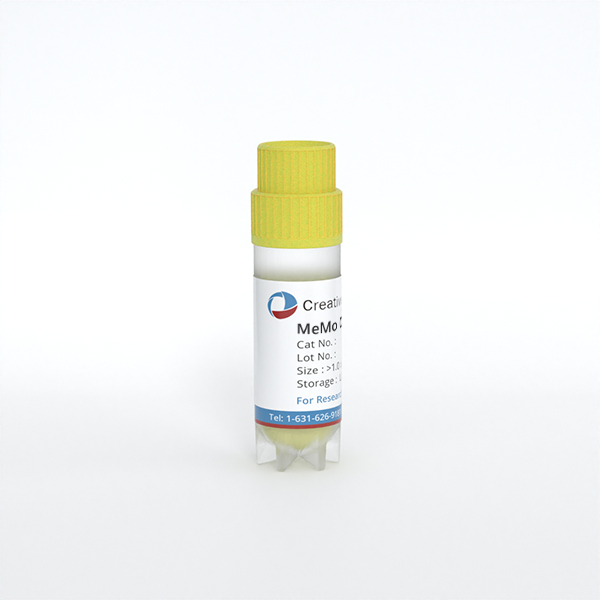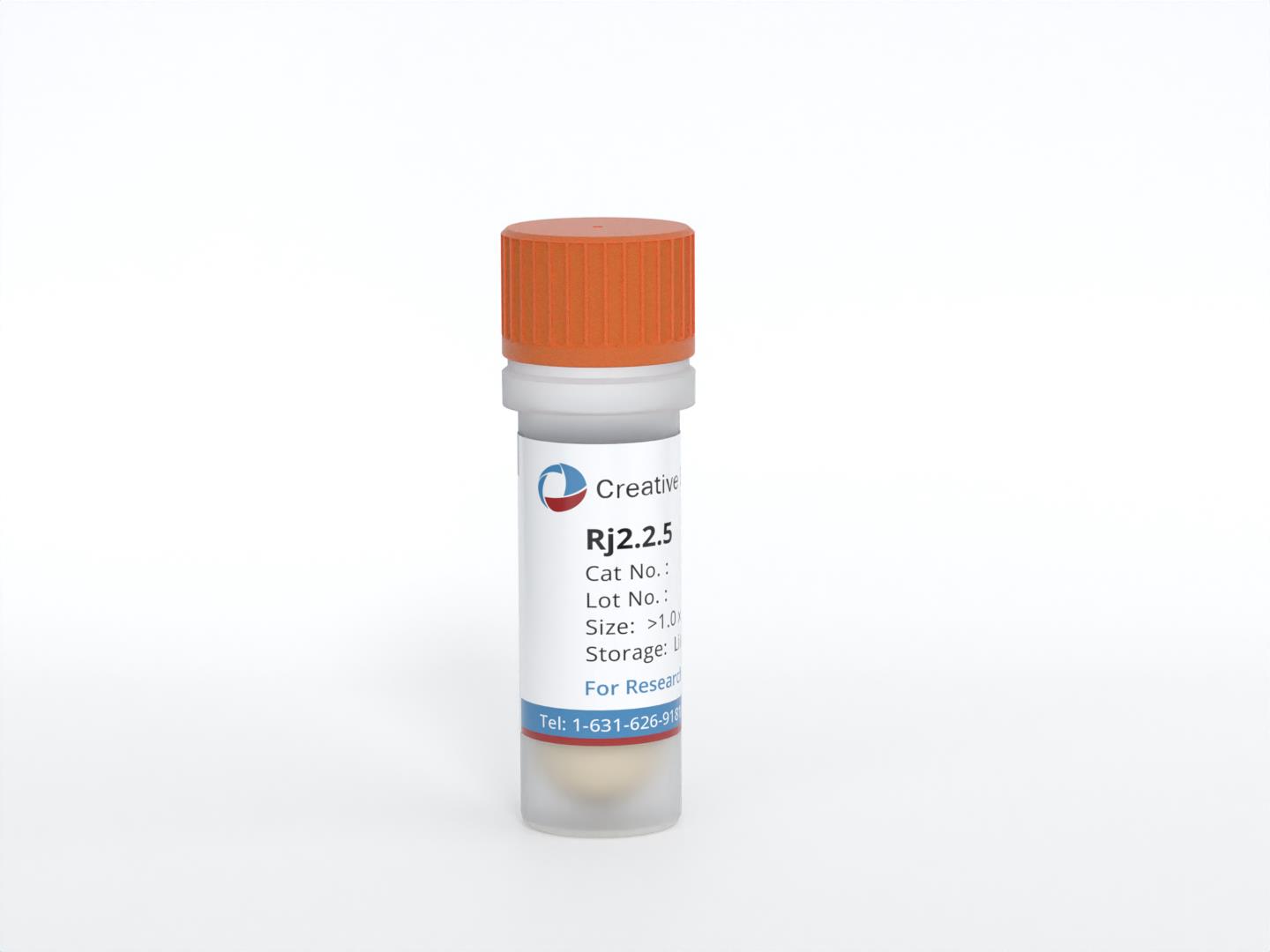Featured Products
Our Promise to You
Guaranteed product quality, expert customer support

ONLINE INQUIRY
KMS-12-PE
Cat.No.: CSC-C0606
Species: Human
Source: multiple myeloma
Morphology: small round cells growing singly or occasionally in small clumps in suspension
Culture Properties: suspension
- Specification
- Background
- Scientific Data
- Q & A
- Customer Review
- Documents
Immunology: CD3 -, CD4 -, CD13 -, CD14 -, CD15 -, CD19 -, CD20 -, CD34 -, CD38 +, CD138 +, HLA-DR +
Viruses: PCR: EBV -, HBV -, HCV -, HIV -, HTLV-I/II -, SMRV -
The KMS-12-PE cell line was derived in 1987 from the pleural effusion of a 64-year-old woman who had refractory, terminal multiple myeloma (Ig-non-producing) after undergoing combination chemotherapy. These cells are characterized by the presence of t (11: 14) (q13: q32) rearrangement. It is important to note that KMS-12-PE is described as the sister cell line of KMS-12-BM.
The KMS-12-PE cell line holds significance in multiple myeloma research, particularly due to its unique characteristics and origin from a refractory, terminal stage of the disease. These cells have been widely used to study the molecular mechanisms underlying multiple myeloma, including the impact of chromosomal rearrangements such as t (11: 14) (q13: q32). Additionally, the sister relationship to KMS-12-BM may provide comparative opportunities for researchers.
Furthermore, KMS-12-PE cells have been instrumental in testing potential therapeutic approaches and evaluating drug responses specifically in the context of refractory multiple myeloma, contributing to the advancement of treatment strategies for this challenging form of the disease.
Characterizations of KMS-12-PE Cell Lines
Most of the KMS-12-PE cells were small in size and round in shape with a few large distorted cells. Peroxidase, ASD-acetate esterase, and PAS staining were negative, and only the methyl-green-pyronine stain was positive in the cell lines. Ultrastructural, the cell lines revealed characteristic features of plasmacytoid cells, such as well-developed rough endoplasmic reticulum and ovoid eccentric nuclei with peripheral chromatin distribution (Fig. 1).
KMS-12-PE cells were positive for PCA-I, CD38, and OKT-9 (anti-transferrin receptor antibody). Representative karyotypes of KMS-12-PE and KMS-12-BM cells are shown in Fig. 2. Most of the metaphases of KMS-12-PE cells were hypodiploid, with the modal chromosome number being 41. In addition, all the metaphases of KMS-12-PE cells demonstrated a reciprocal chromosome translocation, t (9: 11) (q34; q13).
 Fig. 1 Electron micrographs of KMS-12-PE cells. (Ohtsuki T, et al., 1989)
Fig. 1 Electron micrographs of KMS-12-PE cells. (Ohtsuki T, et al., 1989)
 Fig. 2 Representative G-banded karyotypes of KMS-12-PE cells. (Ohtsuki T, et al., 1989)
Fig. 2 Representative G-banded karyotypes of KMS-12-PE cells. (Ohtsuki T, et al., 1989)
Chromothripsis in Treatment Resistance in Multiple Myeloma
Multiple myeloma (MM) is a malignant disease caused by an abnormal proliferation of plasma cells. Recently, the term chromothripsis has emerged, which is the massive but highly localized chromosomal rearrangement in response to a one-step catastrophic event. Many studies have shown an association of chromothripsis with the prognosis of several cancers.
The frequency of copy number alterations (CNAs) was analyzed, including mosaicism in 9 MM cell lines (U266, MM.1S, RPMI8226, KMS-11, KMS-12-BM, KMS-12-PE, KMS-28-BM, KMS-28-PE, and NCI-H929). Among them, chrs 1, 4, 5, 7, 8, and X were the sites with the most frequent CNAs in the MM cell lines (Fig. 3A). The chromosomes were divided into arms to confirm the trend of CNAs. According to the algorithm, if the copy number was 2.5 or more, it was considered an amplification, and if the copy number was 1.5 or less, it was considered a loss. Analysis of the tendency of CNAs showed that more CNAs were observed in the q arm than in the p arm (Fig. 3B and 3C).
Changes in CNAs were further analyzed in these cell lines by comparing CNAs after bortezomib (BTZ) treatment. Although the cell lines were derived from the same origin, the drug response between the two cell lines was different. In the case of KMS-12-BM, there was no difference in cell viability in the treatment group compared to the control, but in the case of KMS-12-PE, there was a sharp decrease in viability in the treatment group (Fig. 4).
 Fig. 3 Analysis of the frequency of copy number alterations in MM cell lines. (Lee KJ, et al., 2017)
Fig. 3 Analysis of the frequency of copy number alterations in MM cell lines. (Lee KJ, et al., 2017)
 Fig. 4 Comparison of cell viability changes of KMS-12-BM and KMS-12-PE following treatment of bortezomib (BTZ). (Lee KJ, et al., 2017)
Fig. 4 Comparison of cell viability changes of KMS-12-BM and KMS-12-PE following treatment of bortezomib (BTZ). (Lee KJ, et al., 2017)
Morphologically, the cancerous cell is characterized by a large nucleus, having an irregular size and shape, the nucleoli are prominent, and the cytoplasm is scarce and intensely colored or, on the contrary, is pale.
KMS-12-PE is described as the sister cell line of KMS-12-BM, which indicates that they are derived from the same parental cell line but adapted to different microenvironments (pleural effusion and bone marrow, respectively).
KMS-12-PE cells are typically cultured in a suitable growth medium supplemented with necessary nutrients and growth factors. The specific culture conditions may vary depending on the requirements of the experiment or study being conducted.
KMS-12-PE cells have been extensively used in research related to multiple myeloma, particularly in studies focused on refractory disease and the t (11:14) chromosomal rearrangement. They have been employed to investigate disease mechanisms, drug sensitivity, and potential therapeutic targets.
Ask a Question
Average Rating: 4.7 | 3 Scientist has reviewed this product
High quality
As a scientist, I appreciate the quality and consistency of this tumor cell product.
17 Mar 2023
Ease of use
After sales services
Value for money
Commendable customer services
Creative Bioarray's customer service has been commendable. They promptly responded to my queries and provided technical support when needed, enhancing the overall experience.
10 Sep 2023
Ease of use
After sales services
Value for money
Highly recommend!
I strongly recommend Creative Bioarray's KMS-12-PE cell line to researchers working on multiple myeloma.
13 Sep 2023
Ease of use
After sales services
Value for money
Write your own review
- You May Also Need

